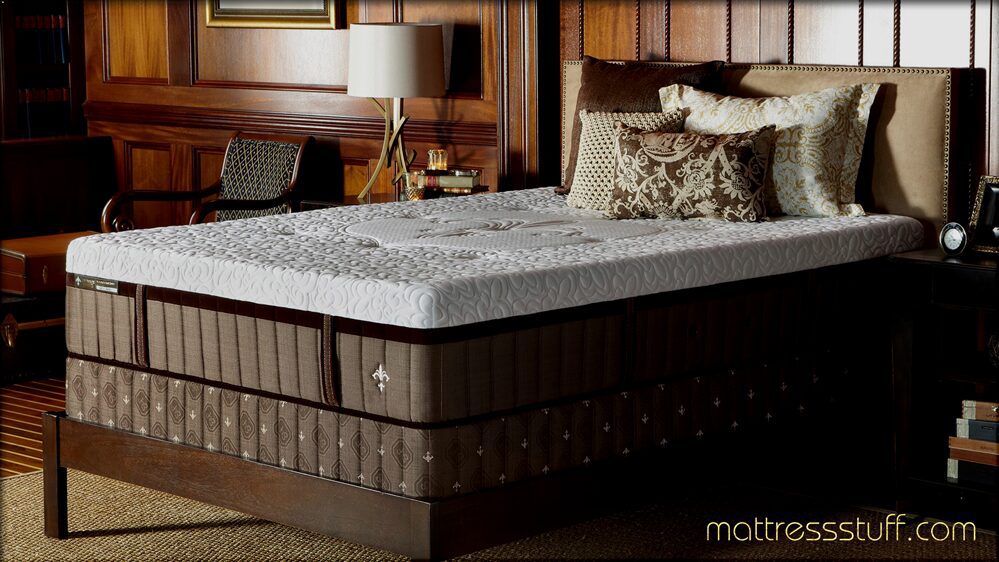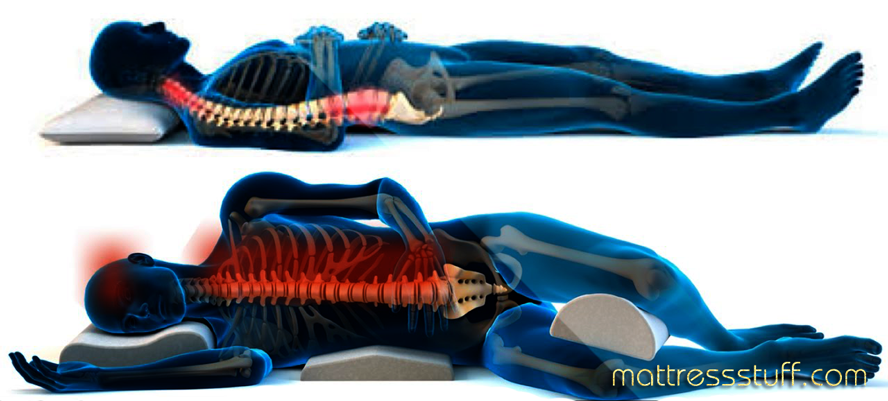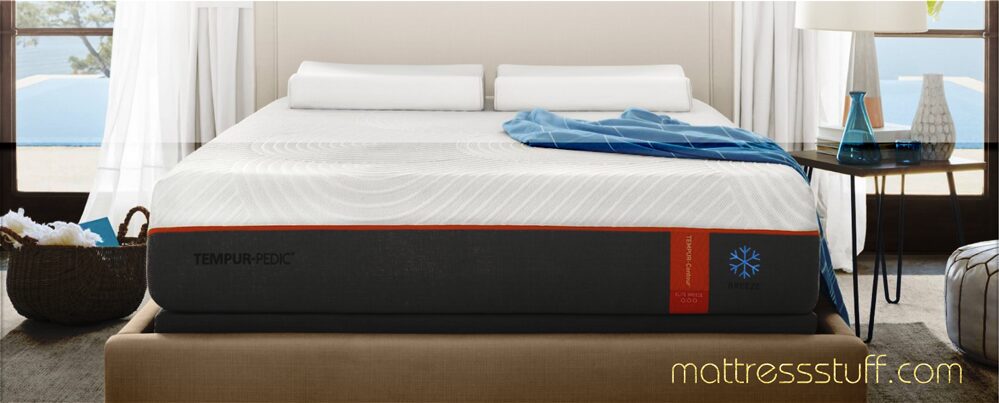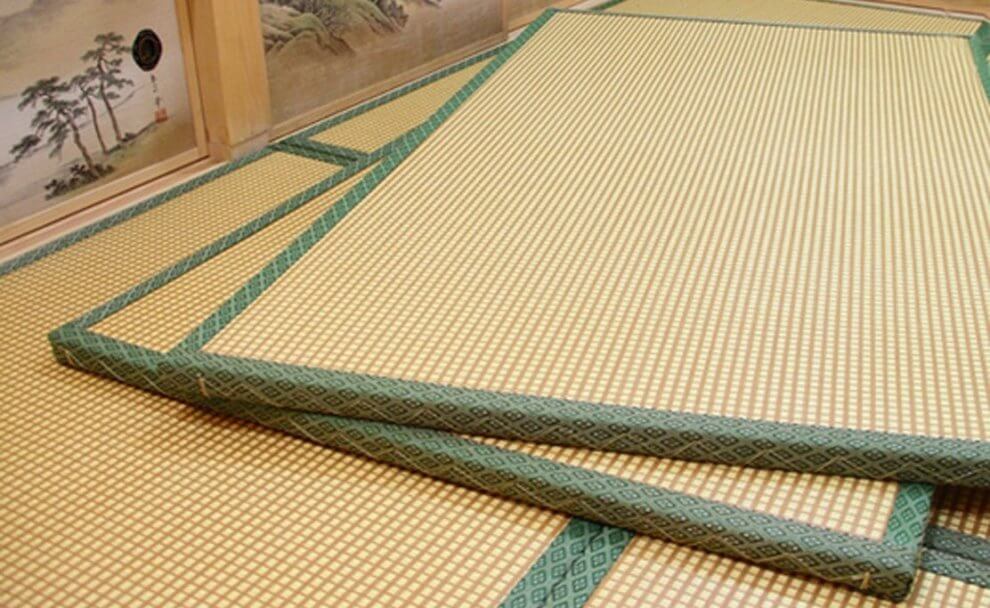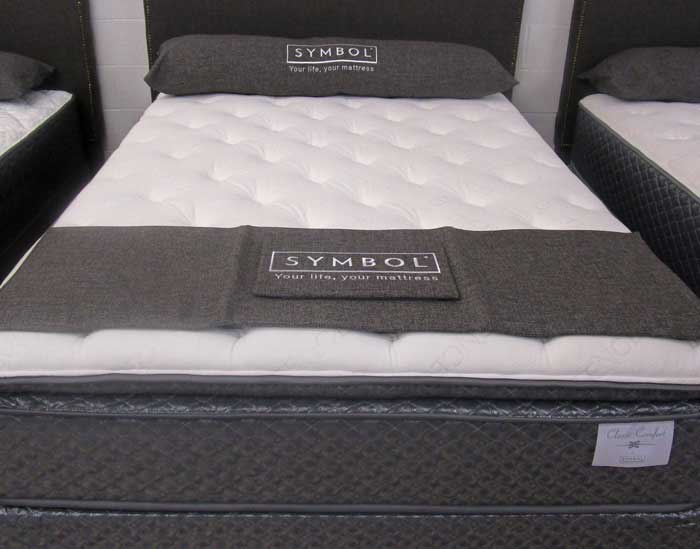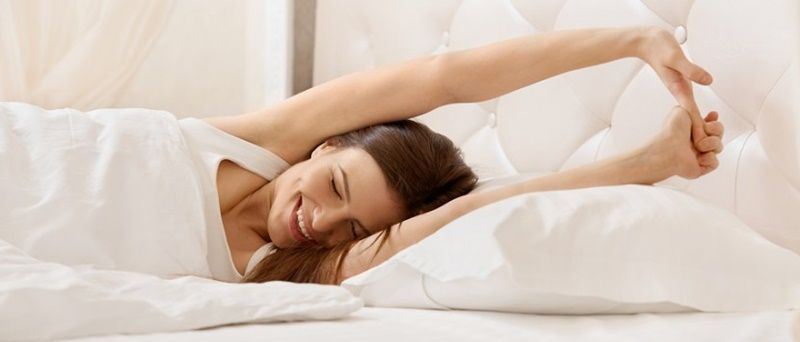1 – How the bed causes the spine problems
It is important to recognize that sleeping on a bad mattress that isn’t suitable for your body might trigger or increase your body pains or aches, and even lead to spine issues.
In general, sleep is the only time our ligaments, muscles, and spine can totally relax after a busy day. It allows the body a resting period which is necessary to maintain optimum function and spinal stabilization.
A good mattress which is properly fitted to your body shape would keep the same natural spinal alignment as we have while standing, as well as balance out evenly the entire body weight, producing no pressure point.
In this position, your muscles can relax at its correct state and length, which eventually enables us to sleep well and wake up pain-free.
So if you sleep in a bad mattress that doesn’t support your body properly, it can create a bad sleep posture that will strain the muscles result in an unnatural alignment of the spine.
Many people might suffer spine problems for years before realizing that it is probably their bed that is the cause.
2 – What are the spine diseases caused by bad bedding?
As mentioned earlier, a bad mattress can lead to many spine diseases as a result of strains in the muscles and unnatural alignment of the spine. Here are some common problems related to bad bedding:
– Stressed muscles
This is probably the most common problems with your back when using a bad mattress. Due to an uncomfortable position or constant stretches, your muscles can be stressed and strained. As a result, the spine will suffer from painful feeling, which might even need a surgeon to relieve in the worst case.
– Degenerative disc
If you sleep in a bad mattress, tension and pressure might cause your spinal discs to degenerate over time. This eventually shrinks the spaces between discs and leads to nerve compression and instability. Pain management and conservative rehabilitation treatments are required to solve this spinal issue.
– Sciatica
This is another painful condition that results from the irritation of your sciatic nerve. In most cases, this issue is caused by pressure and tension from an abnormally tight muscle in the degenerative disc disease. The most effective treatment for sciatica is physical therapy and anti-inflammatory medications.
3 – What are healthy sleep positions to prevent spinal pains
Your sleep positions play an essential role in preventing spinal pain. Generally, stomach sleeping is considered as painful, while supported side and back sleeping tend to be most ergonomic
– Side sleeping
Side sleeping is probably the most common position, particularly in women. Although it might place some pressure on your body, make sure your shoulders and hips are supported comfortably.
Ideally, you should slightly bend both knees and put a small pillow between the legs to keep your hips from placing stress on your back and twisting. The neck pillow must have the right height to ensure your spine and neck straight. Also, your chin should not be leaned back too far or be drawn into your chest.
– Back sleeping
To optimize support and comfort in a back sleeping position, place a towel or small pillow under your knees. This will create a more natural spinal shape and reduce tension or strain on your hips and lower back.
What’s more, your legs should be positioned straight instead of spreading too wide or kicking off to the side to avoid straining the hip joints and pelvis.
4 – How do doctors determine the proper mattress for patients with spine problems
In most cases, doctors often recommend very firm orthopedic mattresses to those patients who suffer from spine problems. However, there are still some things that they need to consider before determining a proper model for you, including:
– Level of support
Since most spinal patients require additional support to their back, doctors often suggest medium or firm mattresses. These models are able to keep the spine aligned properly in a natural curve and maintain the same position with the whole body.
– Compatibility with the bed
Since a bed base can come in a variety of angles and heights. A doctor will depend on the painful level of your spine problems to choose a suitable type of mattress. In most cases, it is necessary to consider mattresses and adjustable beds in tandem.
– Pillow-top for a soft surface
Some doctors might recommend a pillow-top to create a soft layer on the top of a mattress, which might eventually alleviate the pain in the spine. What’s more, it often comes with several helpful features such as a heating part that offers soothing heat therapy.
5 – The latest technology in the bedding industry related to spinal therapy
– Technology in mattress fabrics
These days, the majority of mattress use polyester blends on the surface, but some models might come with natural fabrics like wool and cotton. Whichever the fabrics are, they play an important role in maximizing the comfort while sleeping.
Latest generations of the “smart fabrics” are advancing even further when they are able to convert heat from the body into infrared energy, which might reduce spinal pain at night.
– Technology in spring system
Another important technology that determines the comfort of a mattress is the spring system. Currently, there are a lot of advancements in this field, including superelastic, Bonnell, and pocket spring system. Each of them come with uniquely wrapped coils to contour the whole body shape, thereby maximizing support while you are sleeping.
– Technology in mattress firmness
Mattress firmness is also an important development that can help with spinal issues. As firmness is related to support, most models are designed with a medium to firm level to ensure an optimal support for your spine alignment and minimize the pressure points.
6 – What is the best types of mattresses that prevent spine problems
With so many types of mattress to choose from, it can be challenging to find the right one that can prevent spine problems. Here is a quick guide for you:
– Memory foam mattress:
This type of mattress is quickly gaining its popularity. Most of them are made from separate layers of cushion foam which can respond well to temperature and body weight. As they mold to your body shape, memory foam mattresses can effective in relieving pain and eliminating pressure points.
– Latex mattresses:
Constructed from synthetic or natural rubber, these mattresses also provide support and firmness for your body, especially the spine. This can make them an ideal option for those people with spinal issues or back pain.
– Innerspring mattresses:
Perhaps this is the most common type of mattress in most households. Some models even come with comfortable topper fabrics such as latex or pillow. They are often designed with a wide range of firmness that can help alleviate back pain and other problems with your spine.



